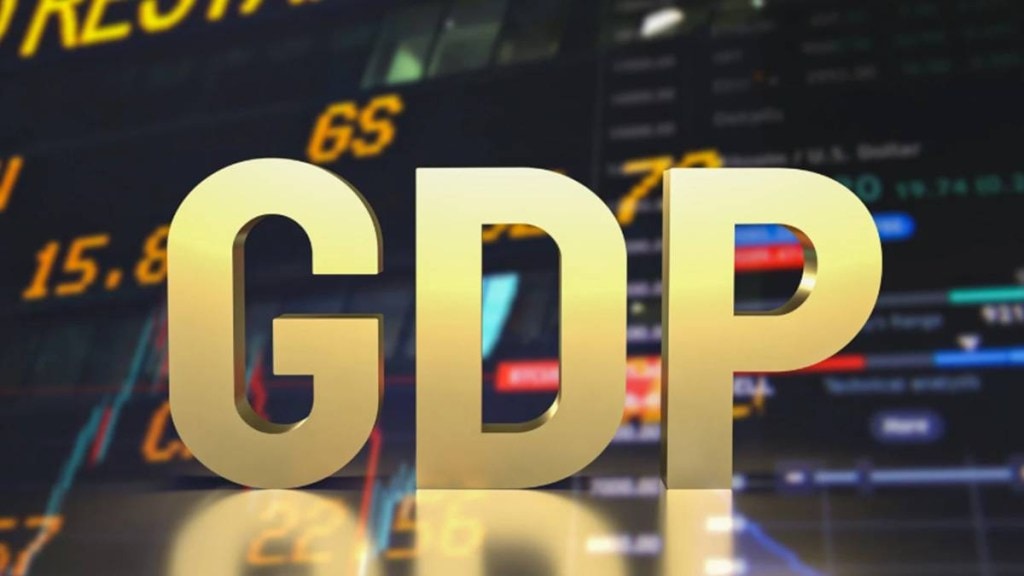India’s economy is expected to deliver another quarter of strong growth, with real GDP rising 7.5% year-on-year in Q2FY26 and GVA reaching 7.3% year-on-year, according to ICICI Bank Economic Global Market estimates. However, the widening trade deficit, slower spending by states and weak growth in the tourism sector are some indicators that show deceleration in momentum.
The report also noted that though the Reserve Bank of India (RBI) has the space for a rate cut, it may stay on hold for now.
ICICI Bank on economy: Rural demand to drives consumption
The ICICI Bank Economic Global Market report noted that consumption continues to remain healthy, driven largely by rural India. People in rural areas are buying more than people in urban areas supported by GST rationalisation and two consecutive good monsoons. Monsoon lifted agricultural output by 6.5% in the assessment year 2024-25. “Even this year agriculture output should continue to maintain its upward trajectory. However, low food inflation could impact farm incomes and thus demand in the future,” the report noted.
The government’s GST reduction also boosted sentiment. Tractor sales surged 30.7% year-on-year in Q2, aided by a low base, and the momentum continued into Q3. Two-wheeler retail sales also jumped 21.8% year-on-year during the 42-day festive period, and further surged 52.5% year-on-year in October.
While urban consumption remained weaker because of softer wage growth, there are early signs of improvement. Passenger vehicle sales and non-oil-non-gold imports have started to pick up, indicating rising urban demand.
Industrial and services sectors drive Q2 momentum: ICICI Bank
IIP strengthened, expanding 4.1% in Q2 as compared with 2% in Q1. Growth came from automobiles, machinery, electrical equipment and basic metals.
The construction sector also stayed strong, backed by cement and steel demand. Quarterly earnings of over 1,100 manufacturing firms showed profitability improving, with EBITDA rising 17% year-on-year.
The services PMI rose to 61.4 in Q2, indicating strong expansion. Trade activity also picked up, with e-way bill issuances growing 23.1% year-on-year. Financial services remained supportive as bank credit and deposits expanded, while life insurance premium posted a rebound.
Net services exports rose sharply to $19.4 billion per month in September-October, compared with $16 billion in April-August. The report says this jump could support job creation and improve urban demand in coming quarters. It estimates services sector growth at 8.4% in Q2FY26.
ICICI Bank on economy: Government spending boosted growth in H1
Government expenditure played a major role in supporting growth in the first half. Central capex increased 31% year-on-year in Q2, while capex by central public sector enterprises grew 10%. State capex, however, was almost flat, rising just 0.4%.
The ICICI Bank Economic Global Market report expects central capital expenditure to moderate in the second half, becoming a drag on growth. A potential pickup in state spending may partially offset this slowdown. Private investment announced in the first half reached Rs 10 trillion, led by projects in power, cement and construction.
“Centre’s capex should come down and contract in YoY terms in H2 which is a headwind to growth along with muted export environment. However, some pick-up in capex by states could potentially offset the drop in capex by centre. Overall, we believe that industrial growth should be lower in H2 compared to H1 because of the above factors,” the report noted.
ICICI Bank on economy: Sectors that could slow GDP momentum
Along with lower state capex, the report noted that the muted performance by tourism sector, owing to a combination of capacity constraints and unseasonal rainfall may decelerate the GDP growth momentum.
Mining also remained weak as heavy rainfall disrupted crude oil, natural gas and coal output and exports also felt the impact of the steep 50% US tariff.
ICICI Bank flags export risks
India’s goods exports grew 8.7% year-on-year in Q2 but declined 12% in October. Shipments to the US slowed, with exports to the country contracting 12% in September and 8% in October.
Imports remained elevated, driven by strong domestic demand and a surge in gold purchases during the festive period. The trade deficit hit a record $42 billion in October 2025. According to the report, exports may remain under pressure until a favourable trade arrangement with the US is reached.
ICICI Bank sees India’s growth peaking in H1FY26 before moderating
The economist estimate India’s GDP growth in H1FY26 at 7.6%(YoY), followed by a moderation to 6.4% in H2. Consumption is expected to remain resilient even as exports weaken and government spending slows. The full-year FY26 growth forecast has been revised to 7%, while FY27 growth is projected at 6.5%.
Nominal GDP growth continues to slow because of a weak GDP deflator and subdued inflation. The report notes that nominal growth is likely to be the lowest since FY20, which has already affected direct tax collections and limits fiscal space.
ICICI Bank on RBI’s next rate action
Lower inflation and slow nominal growth create space for rate cuts. However, limited foreign inflows and balance-of-payments pressures could prompt the Monetary Policy Committee to wait before easing. The report says the RBI may hold rates for now but can signal that “space to cut rates is there and to be used judiciously.”

